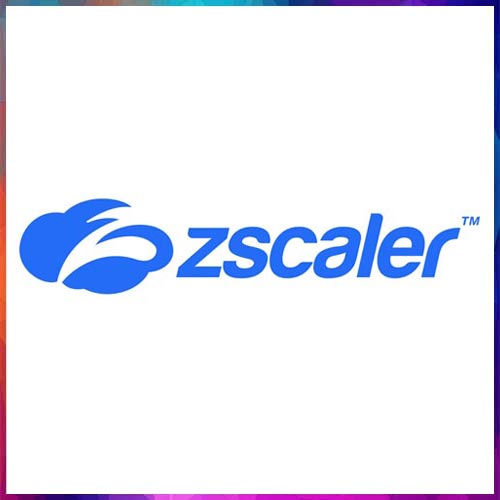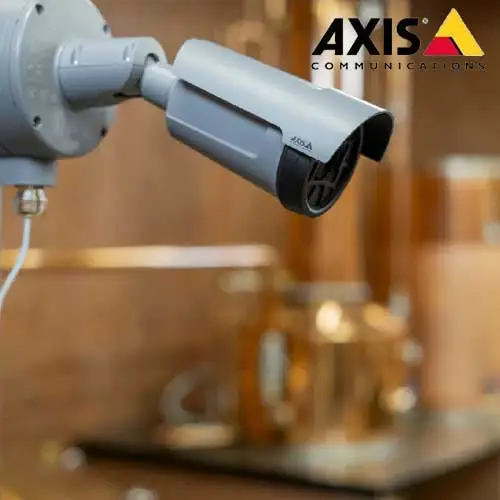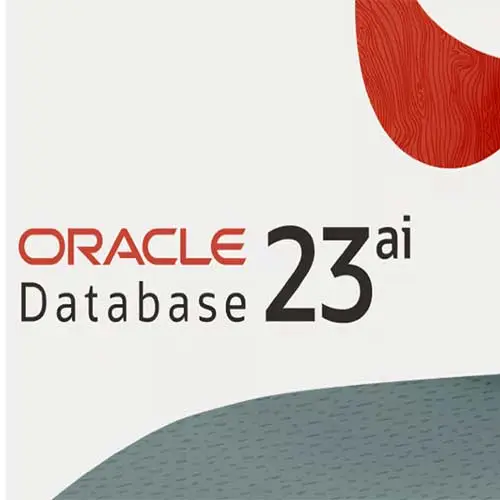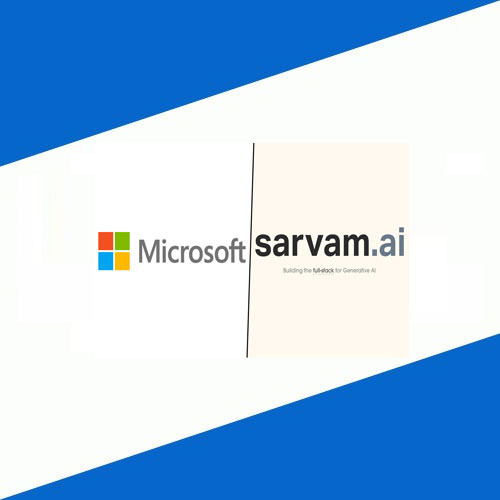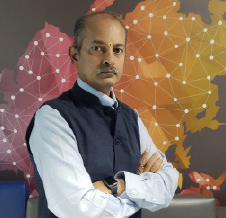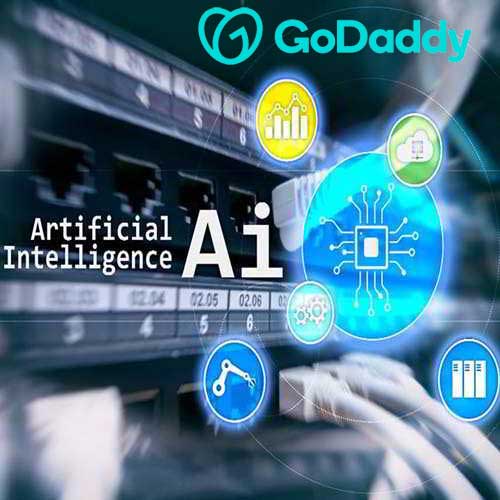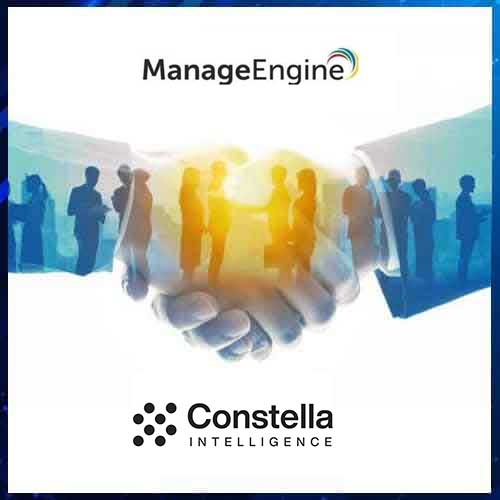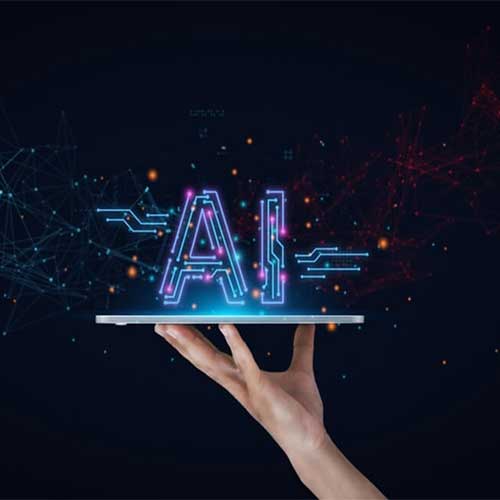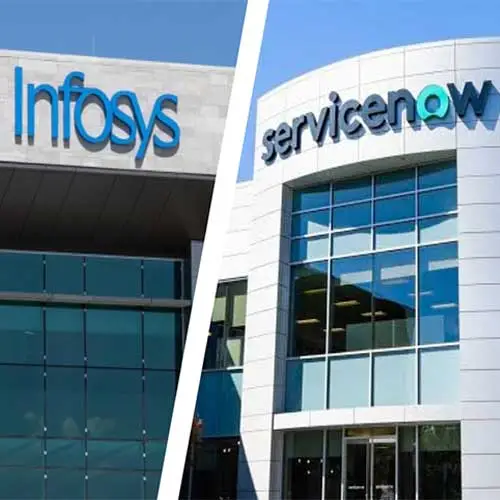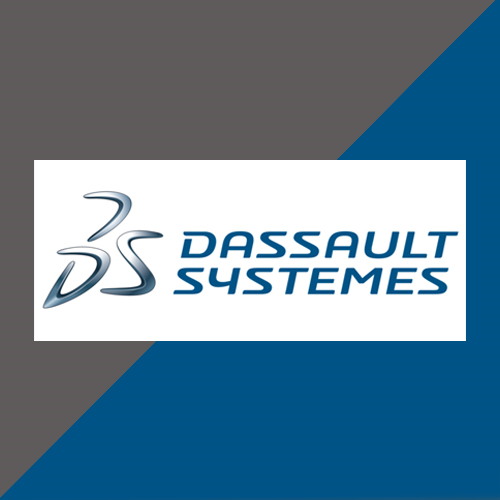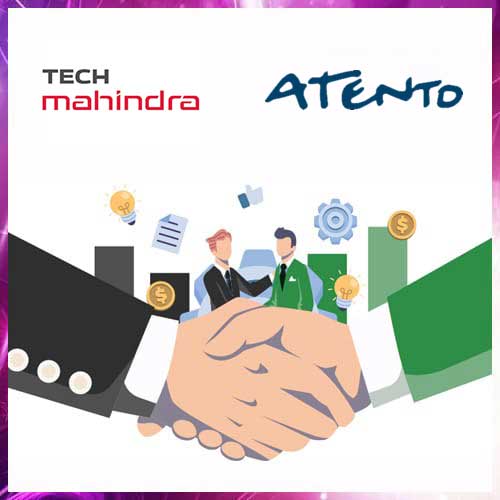Vivek Sharma, MD – India, Lenovo DCG

Augmented Reality (AR) is not a new concept, but its implementation will take a front seat when it comes to data centre management, according to Vivek Sharma, MD – India, Lenovo DCG. “AR enables real-time use of information in the form of graphics, texts, videos and other visualisations, integrated with real-world situations to enhance user experience. This will not only help to diagnose problems in a data centre, but also illustrate best practices to resolve issues. Use of AR-based, hands-free gesture controls and remote assistance also enables users to pin, interact and collaborate with 3D digital information in the real world, improving their contextual awareness and efficiency.”
# Emergence of Edge Computing
“We are seeing the emergence of edge computing in addition to cloud deployments, to support mission-critical activities that require minimal delay in processing,” says Vivek Sharma. “IoT infrastructures are beginning to transition to the edge. We also see the data centers evolving from the ‘core-centric’ data center of today to an ‘edge-to-core’ data center in the near future. This will have two key parts – distributed edge IT or where the ‘local’ work happens.”
Says Huzefa Motiwala, “We expect edge computing to enable enterprises to reduce latency, drive faster data access and resolve regulatory issues like sovereignty besides cost savings from reduced data transport. It is estimated that billions of IoT devices owned by enterprises and governments will utilize edge computing for data collection and processing going forward. This will also result in creating new jobs in the market, primarily for engineers.”
See What’s Next in Tech With the Fast Forward Newsletter
Tweets From @varindiamag
Nothing to see here - yet
When they Tweet, their Tweets will show up here.





